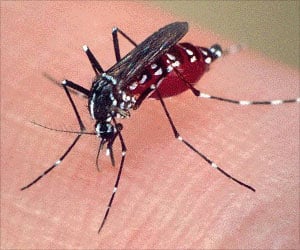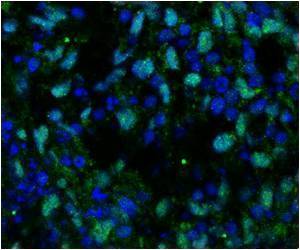The key cellular mechanism that underlies the antipsychotic-induced parkinsonism has been identified by researchers.

‘Antipsychotics side-effects are due to blockade of the dopamine D2 receptor in a specialized type of neurons in the striatum, called interneurons.’





In the journal Neuron, the researchers report that antipsychotics side-effects are due to blockade of the dopamine D2 receptor in a specialized type of neurons in the striatum, called interneurons. Blockade of D2 receptor in these neurons increases neurotransmitter signaling (acetylcholine) above threshold on neighbor neurons leading to motor abnormalities in rodents (catalepsy) and in humans (parkinsonism). Catalepsy is marked by severe muscular rigidity and fixity of posture regardless of external stimuli. Indeed, in mouse studies, the Borrelli team discovered that removing D2 receptors in nerve cells (cholinergic interneurons) did not result in catalepsy in the mice upon antipsychotic treatment. Borrelli said the importance of this study is twofold. It clarifies a long-waited mechanism that allows to explain the motor side-effects of antipsychotic drugs and will help future design of drugs deprived of nasty side-effects. It also generates important information for combined therapies (using drugs that block D2 but also acetylcholine receptors) that should be used to improve the life of people treated for debilitating psychiatric disorders.
Source-Newswise











